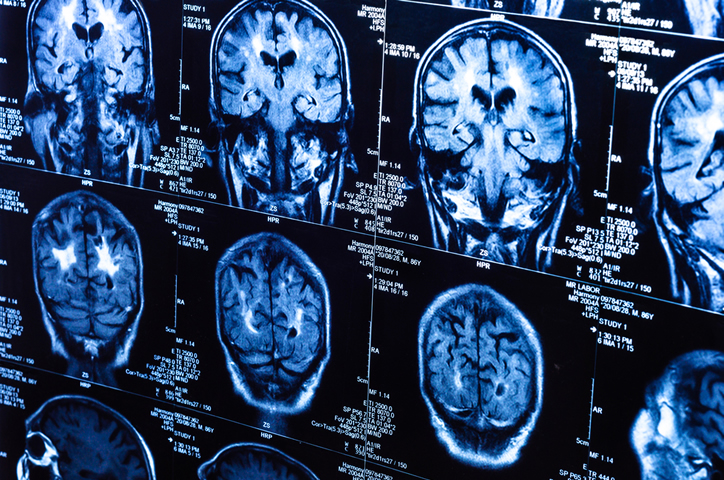Tumors in the brain or spinal cord that develop in the areas surrounding and supporting nerve cells fall under the glioma category. Depending on which glial cells are responsible, astrocytoma, oligodendroglioma, or glioblastoma tumors may form. Glioblastomas are the most malignant and swiftest growing of these tumors, making them extremely dangerous. Additionally, they are responsible for about 20% of brain tumors.
Glioblastoma Development
Glioblastomas develop from astrocytes, the glial cells that hold neurons and send nutrients, making them a form of astrocytoma. As such, they are surrounded by a large amount of blood, which means they have the opportunity to grow very quickly while invading other, healthy tissue. They may form as either primary or secondary glioblastomas. Primary glioblastomas begin as an extremely aggressive grade four tumor, while secondary glioblastomas begin at the second or third grade and develop slowly into a grade four. According to experts, only 10% of glioblastomas are secondary, and occur in younger patients.
Glioblastoma Risk Factors
Researchers have yet to discover why glioblastomas form, but they have discovered factors that may increase your chances of developing one. Although anyone of any age may develop a brain tumor, men are more likely to develop these particular tumors than women. Additionally, age plays a large factor, as those between the ages of 60 and 80 present with glioblastomas the most. For those with family members who have a type of glioma, the chances double, although it does not occur very often in families.
Glioblastoma Symptoms
Placement, size, and growth rate all play a role in which symptoms develop; however, they are almost all neurological or behavioral. Patients may notice constant headaches, vomiting, and trouble with seeing, speaking, or thinking, including memory difficulties. Additionally, the pressure and growth may alter moods or behavior. Loved ones may notice differences in the personality, such as increased aggression or decreased activity. Seizures, which occur when neurons; signals begin to grow erratic and spread to both hemispheres, causing involuntary muscle contractions, confusion, migraines, and unconsciousness. Brain function as a whole may become less effective.
Glioblastoma Diagnosis
When such symptoms arise, a family doctor typically refers patients to a neurologist, who specializes in the brain and nervous system, for diagnosis. A complete physical exam will include testing the reflexes, sight, and hearing, along with balance, strength, and coordination. Not only is this important for deducing whether the neurologist thinks there is a brain tumor present, but it may provide an indication as to which areas of the brain are being affected.
If the physical exam suggests a brain tumor, magnetic resonance imaging (MRI) is often the next step, to allow doctors to see the brain inside the body and any abnormal growths that may be there. An injection of dye can make brain tissue differences more evident. Computerized tomography scans (CT scans) or positron emission tomography (PET) may also be used. A biopsy (using a long slender needle to extract a sample of tissue) or additional MRIs with particular functions may be appropriate to figure out what stage the tumor has progressed to, if the cancer has spread to other parts of the body, and what treatment options will be best.
Glioblastoma Treatment
The nature of glioblastomas make it difficult to find options that are fast and effective enough. One or more methods of treatment are generally used in tandem to form the most complete line of defense. The first step is to get a handle on controllable symptoms like brain swelling, behavioral and cognitive deficits, or seizures.
While surgery is an option, the fingers of the tumor twine through the brain making it difficult to remove the entire tumor, especially depending upon location, as one wrong move can be devastating for brain function. Additionally, surgery always presents the risk of bleeding and infection, which can be exceptionally dangerous for the brain. Other alternatives include radiation therapy, chemotherapy, and targeted drug therapies.
Featured Image Source: depositphotos/©svedoliver




